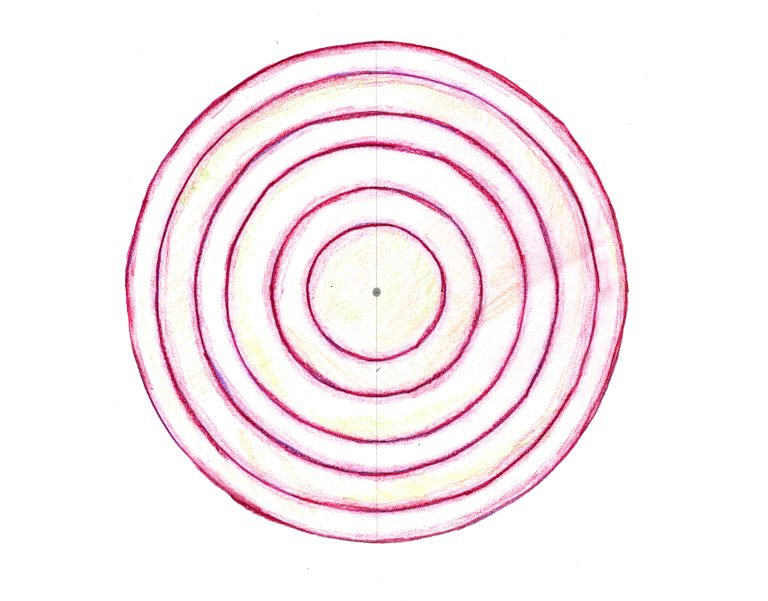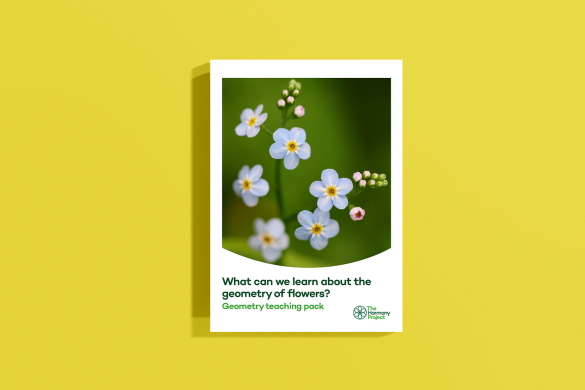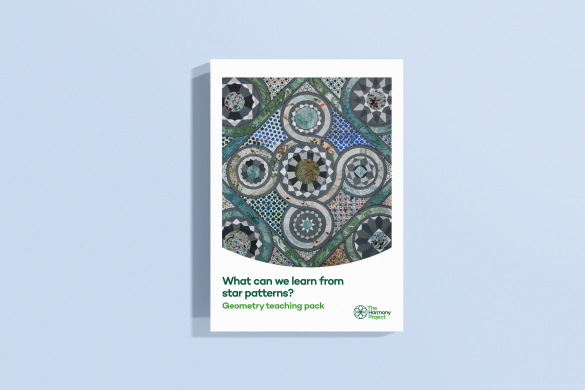Geometry pack: What would it have been like to live in WWII?
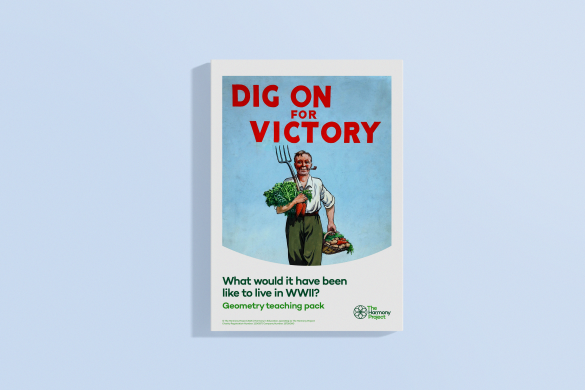
Use these six activities to explore the history of WWII through geometry with students in KS2.
The six activities in this pack have been developed to explore with students aspects of the history of World War II through geometry. They support the Year 6 enquiry of learning What would it have been like to live in WWII?, which is linked to the principle of Adaptation. This enquiry of learning explores the reasons for the start of the war, the persecution of Jewish people and the consequences of the war, as well as the realities of daily life on the home front.
These activities provide opportunities to study the geometry of the ruined Gothic architecture of Coventry cathedral, the patterns of human fingerprints (which were used in ID cards) and the geometry of vegetables linked to the ‘Dig for Victory’ campaign. They could be used as a stimulus for learning in art or history, or to teach geometry as a standalone activity.
For each activity, step-by-step instructions are provided as a guide for teachers, with accompanying diagrams and lists of the resources students will need to complete each activity. There are also photocopiable templates – where these are used, each student will need a copy to complete each activity.
To help students complete the geometric construction involved in these activities, we recommend using Jakar compasses, which are easier for children to use. They can be purchased at a discounted rate on our website.
To download this pack, click the download button at the bottom of this page.
What’s in this geometry teaching pack?
The following six activities are included in this pack:

How can I draw the Jewish Star of David?
During the Holocaust, the Star of David took on a tragic significance: Nazis forced Jews to wear a yellow star for identification, turning a symbol of pride into one of persecution. After World War II, the star became a powerful emblem of Jewish resilience and remembrance, symbolising both the suffering and the perseverance of the Jewish people.
In this activity, students use geometric construction to create the distinctive hexagram of the Star of David.
How can I recreate the geometry of the Union Jack?
The Union Jack flag combines the crosses of St George, St Andrew and St Patrick and was officially adopted in 1801. While the flag doesn’t have reflective symmetry, it does have rotational symmetry: if you rotate it through 180 degrees, it looks the same. In this activity, students explore the proportions of the land flag and sea flag, before recreating the Union Jack themselves.
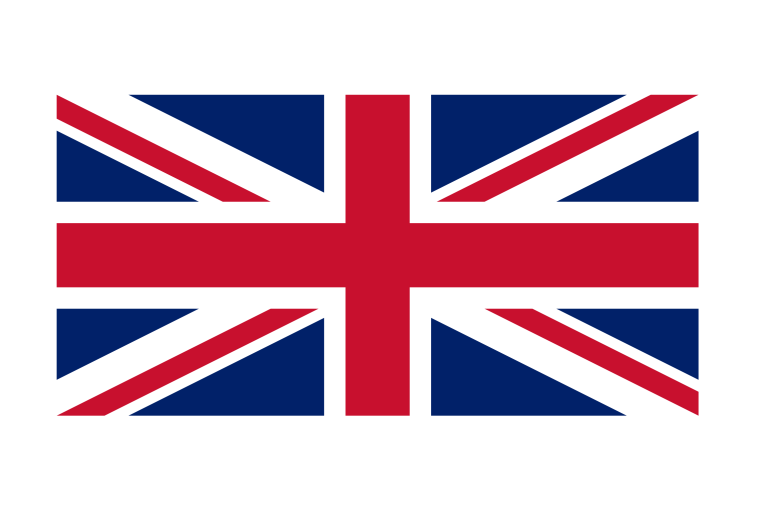
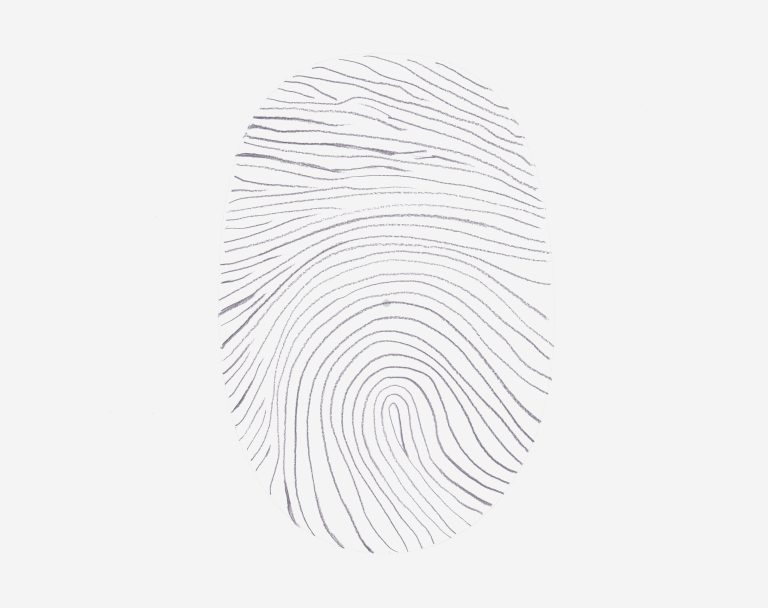
What patterns can I find in my fingerprint?
Fingerprints are unique, even those of identical twins, which is why they have been used to identify people. From April 1941, everyone in the Netherlands aged 15 and over had to have an ID card. This card included a photo, a fingerprint and a unique number. Later in the war, everyone had to carry their ID card at all times. In this activity, students explore the loops, whorls and arches in the fingerprints of their class.
How can I create the shape of an eye?
In this activity, students draw the start of a war portrait with a particular focus on how the shape of our eyes changes when we’re scared or anxious.
They use a vesica piscis (the shape created by two overlapping circles) to draw the basic shape of an eye, exploring how eyebrows can also be used in portraiture to convey emotion.
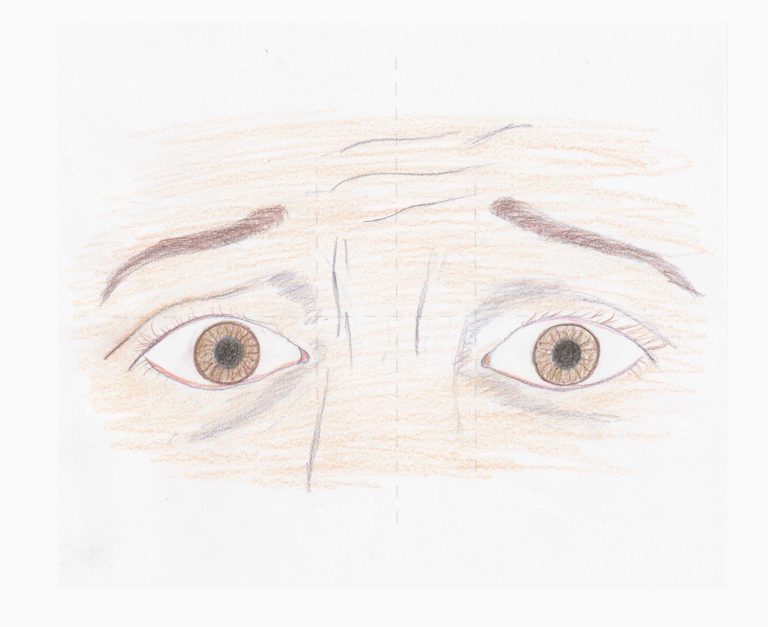
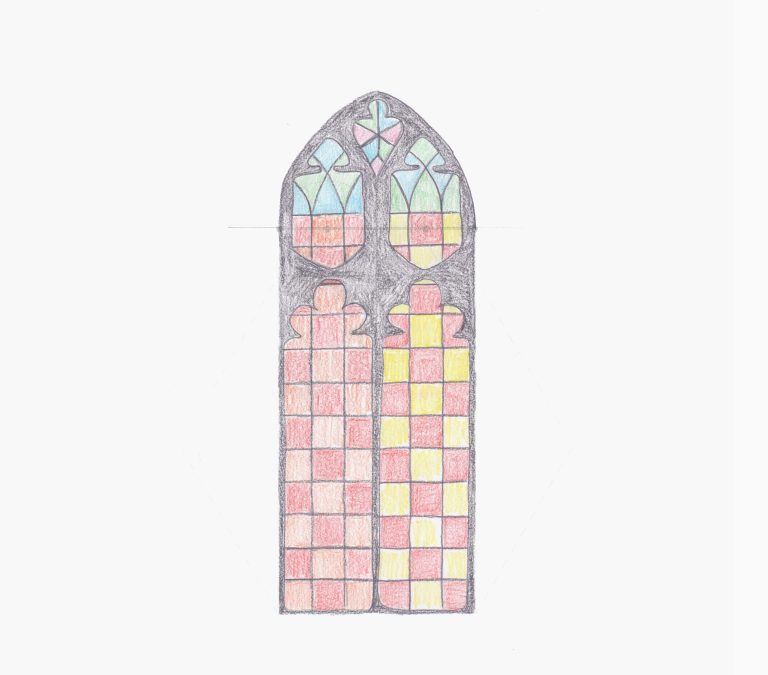
How can I draw the windows of Coventry Cathedral?
During World War II, Coventry Cathedral in England was bombed on 14 November 1940 in what’s known as the Coventry Blitz. The bombing was part of an air raid by German planes to disrupt industry in Coventry. It was the most concentrated attack on a British city in World War II.
In this activity, students use a compass to create their own version of the cathedral’s original stained glass windows.
What patterns can I find in different vegetables?
Homegrown food was important during World War II because disrupted supply chains led to food shortages and rationing. People were encouraged to grow their own food in ‘victory gardens’ to supplement rations. Onions and carrots were popular ‘Dig for Victory’ crops in World War II because they’re easy to grow and can be stored for a long time without spoiling.
In this activity, students use a compass to draw concentric circles representing the layers (called scales) of a red onion.
